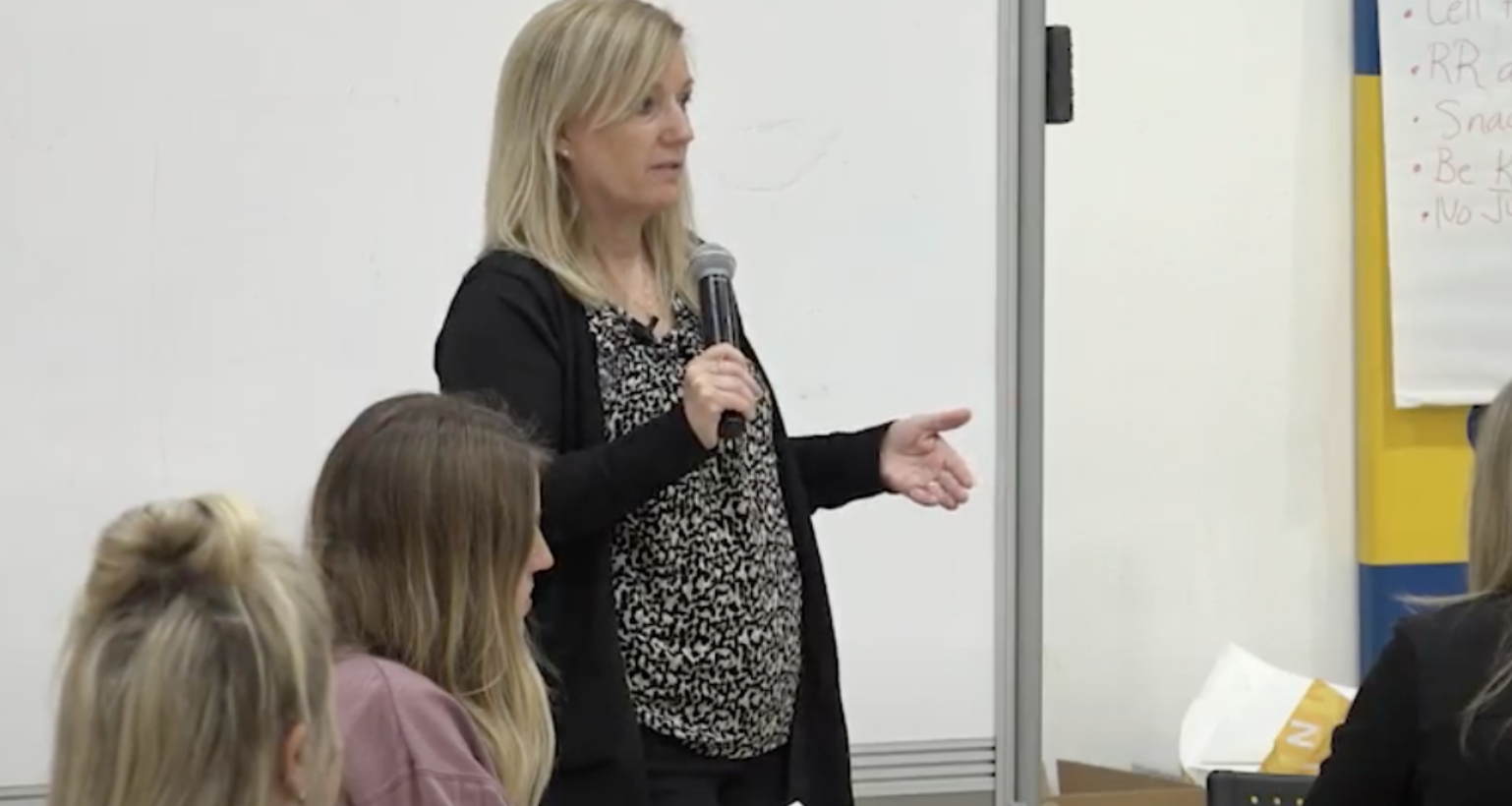Mathematics Courses for K-8 Teachers

These courses are offered through the Center for Teaching and Learning Mathematics at the University of Northern Iowa. Information on how to enroll can be accessed by contacting the Center for Teaching and Learning Mathematics. Contact information is at the bottom of this page.
Completion of all eight courses in the Making Sense of Mathematics and Teaching series can lead to an Iowa K-8 Math endorsement.

Making Sense of Numbers (MSN) is the foundational course of the series. It focuses on the base ten structure of our number system. Participants implement routines that help children to develop ways to represent numbers, relationships among numbers, and number systems (Shumway, 2011, 2018).

Making Sense of Operations (MSO) focuses on the four basic operations of addition, subtraction, multiplication, and division for both whole and rational numbers. Participants utilize brief number talks that help K-8 students build mental math and computation strategies (Parrish, 2014, 2016).

Making Sense of Geometry (MSG) focuses on two- and three-dimensional shapes and their properties. Participants implement problem-based instruction using three-phase student-centered lessons (Van de Walle, et al., 2018) and the orchestration of mathematical discussions (Smith and Stein, 2019) in K-8 classrooms.

Making Sense of Measurement (MSM) focuses on ways to measure one-, two-, and three-dimensional attributes; to develop connections among these attributes; and to make sense of standard formulas. Participants use a developmental framework to assess and monitor K-8 students’ levels of reasoning as the basis for instruction of length, area, and volume (Battista, 2012).

Making Sense of Algebraic Thinking (MSAT) connects the generalization of the four basic operations to various expressions. Participants utilize evidence-based practices that help them tailor their instructional approaches and their mathematics intervention programs to meet the needs of their K-8 students. (Fuchs, et.al., 2021).

Making Sense of Rational Numbers (MSRN) focuses on unit fractions, equivalent fractions, and decimal notations. Participants implement classroom discussion that supports K-8 students in both reasoning mathematically and communicating that reasoning (Chapin, et at., 2013).

Making Sense of Data, Statistics & Probability (MSDSP) focuses on data, statistics, and probability. Participants implement classroom discussion with an emphasis on supporting K-8 students in making their thinking visible, and on knowing how to engage students in productive talk (Kazemi & Hintz, 2014).

Making Sense of Programming (MSP) focuses on the structure of programming and the study of several programming environments which can be used by students at a variety of ages and ability levels. The course will also include discussion of current standards in the teaching of programming. Participants implement programming across the K-8 curriculum.
